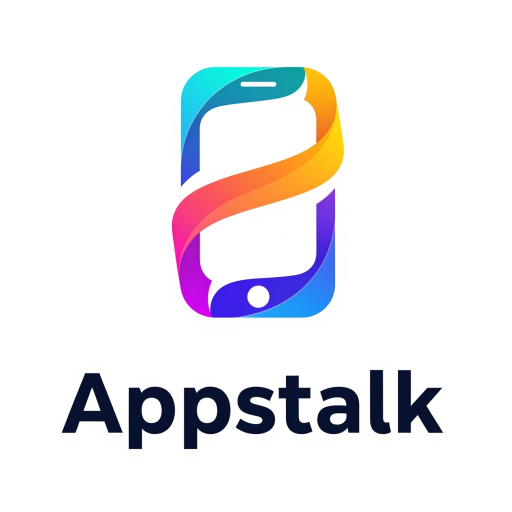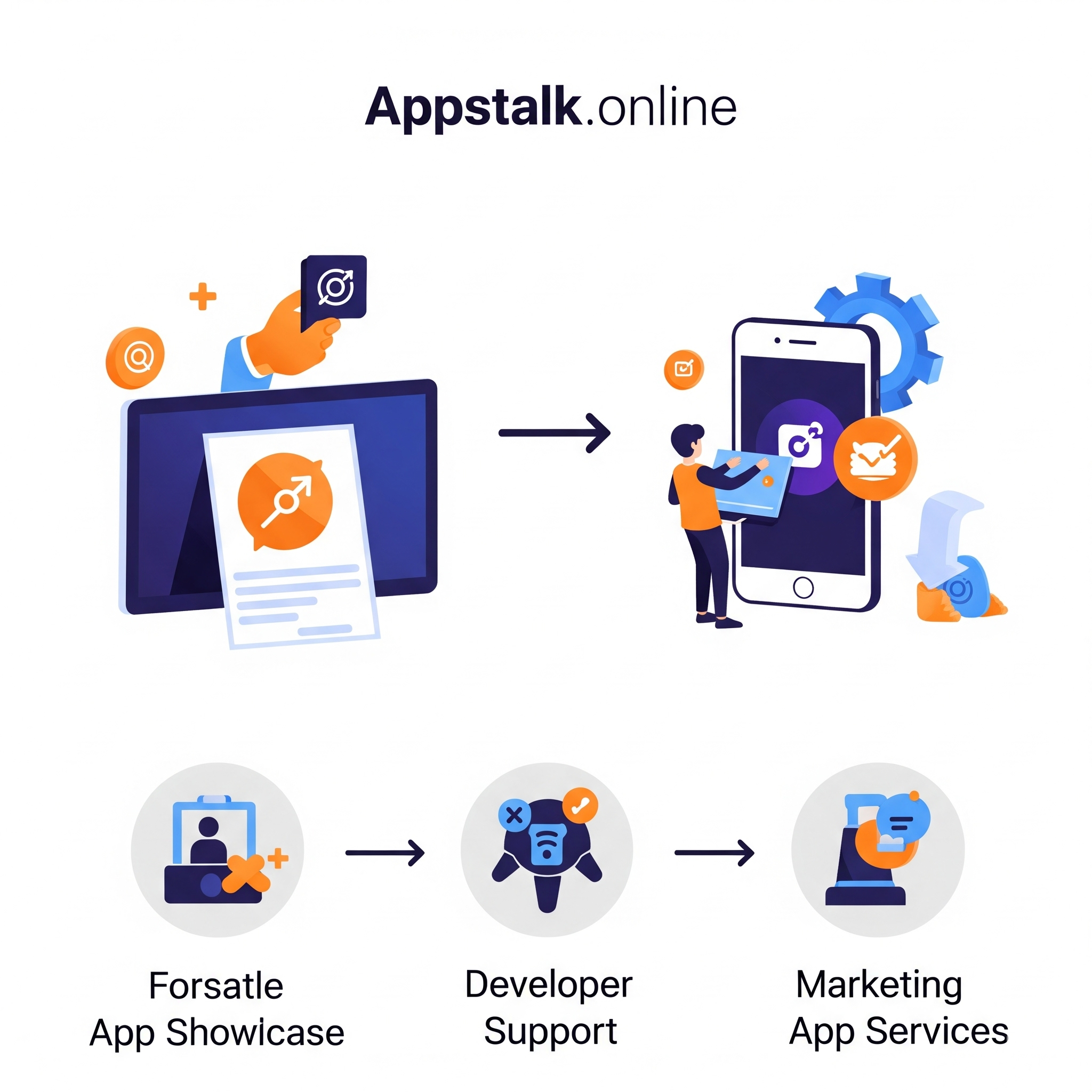Capturing Your Audience’s Interest
In a world where attention is a scarce commodity, the opening of your writing must hit the ground running. An engaging introduction sets the tone, piques curiosity, and convinces readers to stay. Whether it’s a blog post, article, or story, the first few lines are your chance to make a lasting impression. This piece explores how to craft introductions that captivate, using a mix of strategy, empathy, and creativity.
The Hook That Grabs
Start with a hook that demands attention. A striking question like “What if you could double your productivity in one week?” invites readers to ponder their own lives. A vivid image, such as “The room glowed with the eerie flicker of a single candle,” pulls them into a scene. Even a bold statement—“Most diets fail within a month”—can challenge assumptions and spark interest. The key is relevance; the hook must tie into the content that follows.
Know Your Reader
Understanding your audience is the foundation of an engaging introduction. Are they seeking solutions, inspiration, or entertainment? A tech reader might respond to “Unlock the secret to faster code execution,” while a parent might connect with “The one mistake I made with my newborn.” Tailor your tone and content to their needs, showing you get where they’re coming from. This connection turns a passive scroll into an active read.
Promise and Deliver
An introduction should hint at the value ahead. Promise a benefit—knowledge, emotion, or a practical tip—and ensure the piece delivers. For example, “Discover three habits that transformed my mornings” sets an expectation of actionable advice. Misleading promises, like overhyped clickbait, backfire by losing trust. Be honest yet enticing to keep readers invested.
Keep It Concise
Brevity respects the reader’s time. Aim for a tight opening—two to three sentences at most—that sets the stage without dragging. Cut unnecessary words and get to the point. A concise intro like “I failed my first marathon, but this lesson saved my next one” beats a rambling paragraph. Clarity and speed are your allies.
Add a Personal Touch
A dash of personality or a personal story can make introductions relatable. Sharing a brief experience—“I once lost a week to procrastination until I found this trick”—humanizes your writing. It’s not about oversharing but offering a glimpse that resonates. Readers stay for voices that feel real.
Use Dynamic Language
Words carry power. Use active verbs and sensory details to energize your opening. Instead of “The meeting was long,” try “The meeting dragged with endless debates.” Paint a picture or evoke a feeling to draw readers in. Dynamic language turns static text into an experience.
Test and Refine
Great introductions often come from trial and error. Test different hooks—questions, quotes, or stats—and see what sticks with your audience. Feedback or engagement metrics can guide adjustments. Revise ruthlessly to sharpen impact, ensuring every word earns its place.
Conclusion
Crafting an engaging introduction is an art worth mastering. With a strong hook, audience awareness, a clear promise, concise delivery, personal flair, and dynamic language, you can capture and hold attention. Test your approach, refine it, and watch your readers dive deeper into your work.



